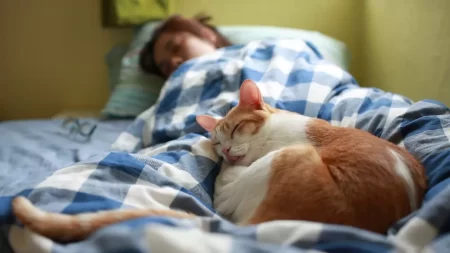The answer is 5 minutes. This may seem counterintuitive, but it follows directly from the logic of time and work problems where efficiency is independent of the amount of work.
The Logic Behind the Question
The key information provided is:
- 5 cats can kill 5 mice in 5 minutes
- Therefore, 1 cat can kill 1 mouse in 5 minutes. The efficiency of a single cat is 1 mouse per 5 minutes.
- Efficiency in time and work problems is independent of the amount of work. Even with more cats and mice, the efficiency of a single cat remains constant.
So if 1 cat takes 5 minutes to kill 1 mouse, 100 cats will also take 5 minutes to kill 100 mice. The efficiency of each individual cat does not change with more cats added.
Factors to Consider
Of course, in a real-life scenario, there are other factors that may affect the outcome:
- The cats may need breaks in between hunts, or may not be motivated to keep hunting continually. Their stamina would impact the total time taken.
- The mice may try to escape or defend themselves, affecting the success rate of the cats’ hunts. Clever mice may prolong the process.
- Not every cat may participate in the hunt with equal enthusiasm. Lazy or satiated cats may not contribute much.
So while theoretically, 100 cats should take 5 minutes to kill 100 mice based on efficiency logic, in practice it would likely take longer depending on these real-world factors.
Real-Life Application
This theoretical scenario has parallels with real-life situations:
- In pest control, the success rate can depend on the ratio of exterminators to pests based on their efficiency. However real-world challenges like pest resilience can affect outcomes.
- In survival situations, participants cooperating towards a common goal like hunting may seem to produce better results. However individual capabilities and motivation introduce variability.
- In industrial factory lines, worker output is assumed to be uniform. But human factors like fatigue and differing skill sets mean actual throughput may differ.
So while efficiency logic gives a theoretical baseline, real-world applications must account for environmental factors and individual variability. The success of a cooperative effort depends on the interplay of these different elements.







